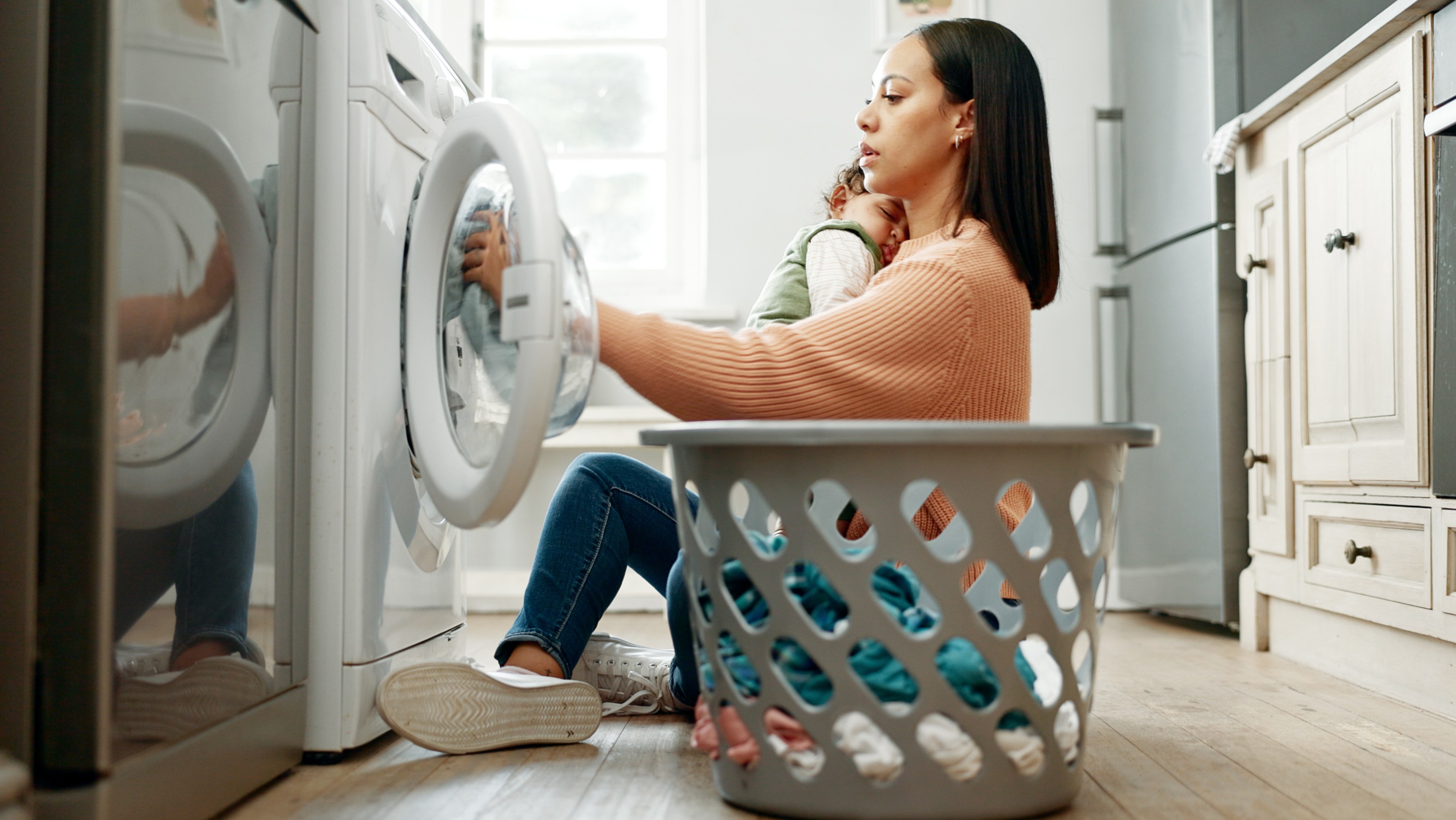Women are still doing the lion’s share of housework years into their relationships, revealing an uneven gender divide that continues to linger, according to new University of Alberta research.
A big gap in housework contributions that already existed for women surveyed at age 25 stayed the same to middle age, according to a study of 520 people, equally divided between the sexes.
Along with that, women’s domestic workload only increased during the child-rearing years, the research showed.
The findings suggest that for couples who want to close that gap, “it’s a challenge,” says Matthew Johnson, a relationship researcher at the U of A and lead author on the study.
“Once these patterns are set early in the relationship, they tend to persist.”
The housework patterns for the women the study followed are stable over long spans of time, and “we aren’t seeing that gap narrow over time for the men,” notes Johnson, a human ecology professor in the Faculty of Agricultural, Life & Environmental Sciences, whose co-authors on the paper include professors emeriti Nancy Galambos and Harvey Krahn, and sociology professor Michelle Maroto in the Faculty of Arts.
Drawing on survey data from the Edmonton Transitions Study begun in 1985, the research is among the first to explore the trajectories of women’s and men’s housework from young adulthood into midlife, over 25 years.
The researchers analyzed trajectories of the couples’ contributions to cooking, kitchen cleaning, grocery shopping, housecleaning, laundry and overall housework from ages 25 to 50 years.
They also measured who was doing household chores at ages 25, 32, 43 and 50, while raising children.
Along with a higher rate of household chores for women over the years, there was relative stability in women’s and men’s trajectory of cooking meals, women’s housecleaning and men’s contributions to cleaning the kitchen, grocery shopping and overall housework, Johnson says.
“There were some small fluctuations in who was doing what, but women did the bulk of the work; there were no household tasks where men did the most or even where the work was equally shared,” Johnson says.
The data also showed that women’s housework levels rose at age 32 and again at 43, during the parenting years, before dropping by age 50. When raising children, men also contributed less than normal to doing the chores.

